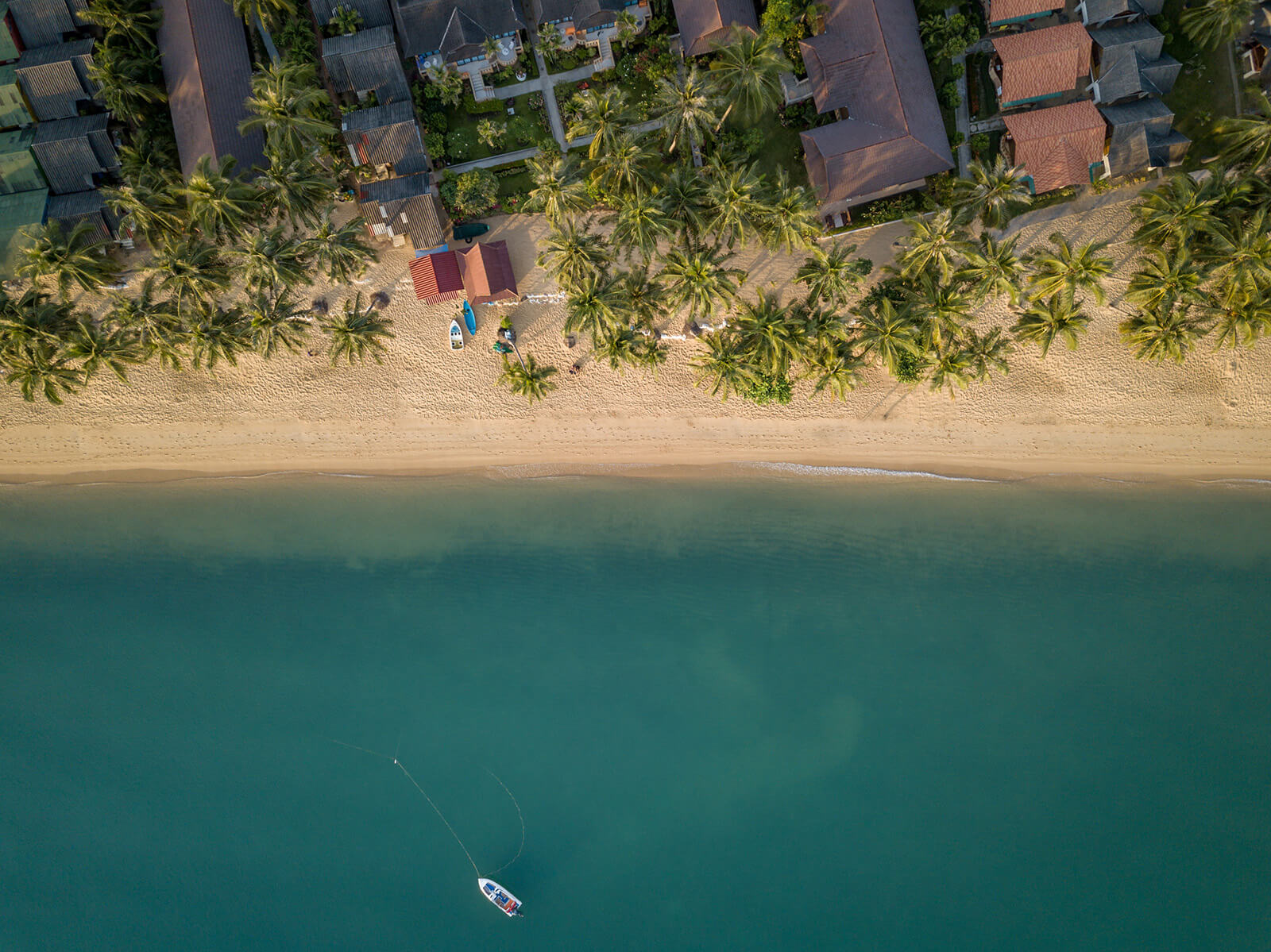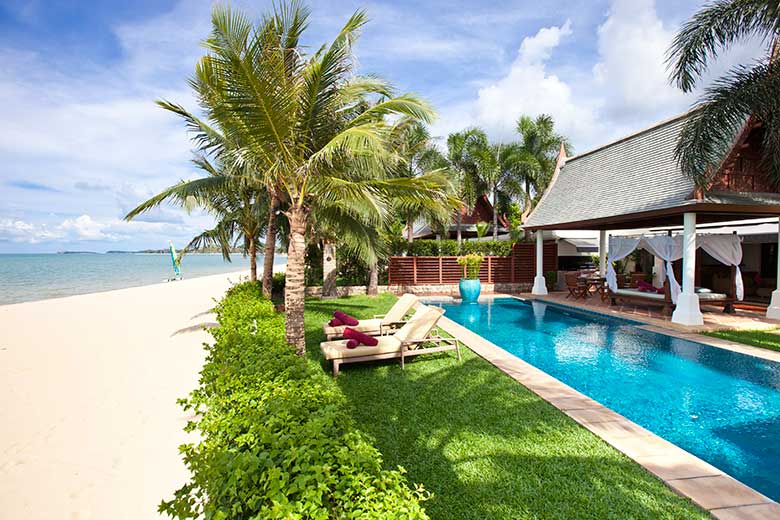When people think of Thailand, they often think of tall coconut trees, beautiful beaches, and historical tourist attractions. But Thailand is not just a tourist paradise, it is also unique in real estate opportunities. In recent years, Thai-style real estate has become very popular in landscape design and interior decoration. It embodies a casual style that blends with nature and is accompanied by a strong oriental atmosphere.
Parking Lot: Big Space
In Thailand, land ownership is in the hands of private individuals, but development and construction still have to be unified with planning and regulation via the government. Bangkok is a well-known and prosperous city in Asia. In the downtown area, land is very costly and there is a tremendous number of cars. Therefore, in many condo developments, the lower half of the building is mostly made up of parking space, sometimes up to the 10th floor. The upper part is the “official” functional building containing residential units. It eliminates the cost of digging a basement, and avoids taking up more land to build a dedicated parking lot.
Urban Greening
Urban greening refers to public landscaping and urban forestry projects that create mutually beneficial relationships between city dwellers and their environments. The greening of Thai high-rise buildings is unique. Tall trees and dense shrubs are crowded around the buildings. Balconies are dotted with dense and colorful flowers. Even the roof of many high-rise buildings is overlooked by the heights. The city looks dazzling and extremely eye-catching.
Greening adds a lot of functional space while adding urban scenery. It is very imaginative to lead people’s outdoor activity space from the ground to ten meters or more. This also reflects the Thai people’s initiative in optimizing the ecological environment and aesthetic consciousness.
Villa Design: Tailored to Local Conditions
Most of the villas in Thailand use bold and unique features to respond positively to the tropical climate. Considering the local climate characteristics, villas here have fewer terraces and more pavilions. That is to say, adding a roof or awning on the top of the terrace to protect from the sun and to ensure privacy. Both aesthetics and efficacy are considered at the same time, and such kiosks are common in local buildings.
Around the villas, there are often shaped cloisters (covered walkways), and some even have awnings in the parking lot and in some of the front yards to form a living space. These spaces are designed to suit the local climate, as rainfall and sunshine are abundant, and porches are beautifully protected while also sheltering from the rain.



